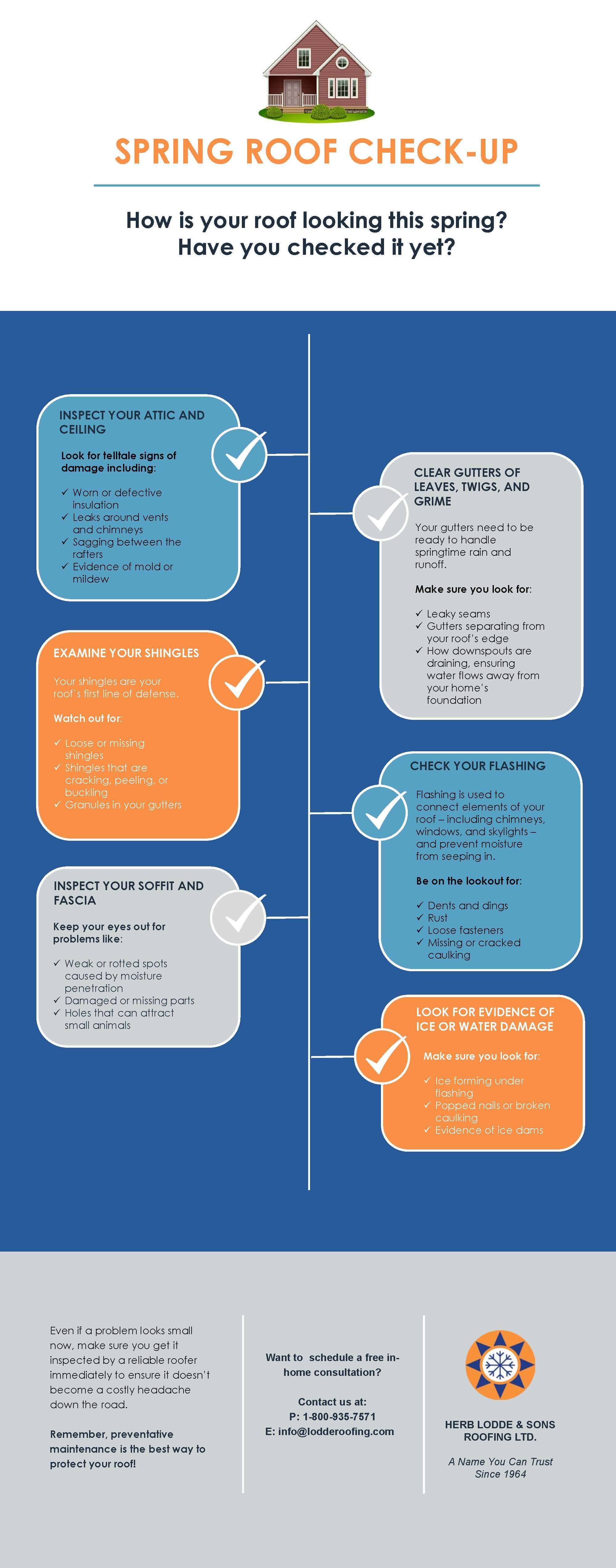The Impact Of Roof Covering On The Environment: Just How Contractors Are Committing To Sustainability
The Impact Of Roof Covering On The Environment: Just How Contractors Are Committing To Sustainability
Blog Article
Content Author-Corbett Borre
When it comes to the ecological impact of roofing, you might be shocked by the strides professionals are making to go green. From innovative products to sustainable practices, the roofing sector is undergoing a makeover in the direction of eco-conscious remedies. However how precisely are these changes shaping the means roofing systems are developed and maintained? Let's discover the advancing landscape of environmentally-friendly roofing efforts and the advantages they offer our planet.
Influence of Traditional Roof Covering Practices
Traditional roof covering techniques considerably add to environmental degradation through the removal, production, and disposal of materials. When conventional roof materials like asphalt tiles are produced, they need huge amounts of power and raw materials, leading to increased carbon emissions. Furthermore, the removal of these materials, such as mining for metals or quarrying for stone, interrupts natural habitats and landscapes, influencing regional ecological communities.
Furthermore, the disposal of traditional roofing materials poses a considerable difficulty. As soon as these materials get to completion of their life expectancy, they're often sent out to landfills where they contribute to the expanding problem of waste build-up. These materials can take centuries to break down, releasing dangerous chemicals right into the environment throughout this process.
In your roof covering tasks, considering the ecological influence of conventional techniques is critical. By choosing eco- linked resource site and sustainable roofing methods, you can help in reducing the negative effects on the setting triggered by conventional roof covering practices.
Advantages of Eco-Friendly Materials
Select environmentally friendly roof products to decrease your ecological influence and boost sustainability in your projects. By selecting eco-friendly products, such as recycled roof shingles, steel roofings, or environment-friendly roofs, you can substantially reduce the carbon footprint of your building projects. These materials are usually made from recycled or renewable resources, assisting to save natural resources and decrease waste in land fills.
Eco-friendly roof covering materials likewise supply long-lasting advantages for both the atmosphere and your purse. They're made to be a lot more energy-efficient, supplying far better insulation and decreasing the requirement for continuous heating or air conditioning. This can lead to lower power bills and raised savings in time.
Additionally, http://kamilah5133mikel.xtgem.com/__xt_blog/__xtblog_entry/__xtblog_entry/37975795-just-when-you-thought-that-every-roof-leakage-was-a-major-worry-find-the-unexpected-realities-your-professional-desires-you-to-be-knowledgeable-about?__xtblog_block_id=1#xt_blog -friendly materials have a longer life expectancy than conventional roofing materials, decreasing the frequency of substitutes and the associated costs. Incorporating environment-friendly materials into your projects not just assists to safeguard the setting but also improves the general sustainability and longevity of your structures.
Make a favorable impact today by making the button to environmentally friendly roofing products.
Approaches for Lasting Roofing
Think about applying innovative strategies for achieving lasting roofing methods in your construction jobs.
One effective approach is to use trendy roofing systems, which are created to mirror more sunshine and take in much less heat than standard roofing systems. By lowering the amount of warm absorbed, great roofs can aid lower energy costs and lower the metropolitan warmth island result.
One more strategy is to incorporate green roofing systems, where vegetation is planted on the roof covering surface area. Environment-friendly roofs can boost air high quality, offer insulation, and minimize stormwater overflow.
Furthermore, making use of recycled or sustainable roof materials, such as steel, clay, or wood, can better enhance the sustainability of your roof jobs. Appropriate insulation and ventilation are additionally crucial for keeping energy performance and prolonging the life expectancy of the roofing.
Verdict
In conclusion, as a professional roofer, you can make a positive effect on the environment by taking on eco-friendly practices. By using sustainable materials and implementing strategies like cool roofing systems and environment-friendly roofs, you can help in reducing carbon footprints and promote a greener approach to roof tasks.
Accepting these environmentally friendly practices not only benefits the planet yet likewise establishes a positive example for the industry as a whole. So go green and make a distinction on the planet of roof!
